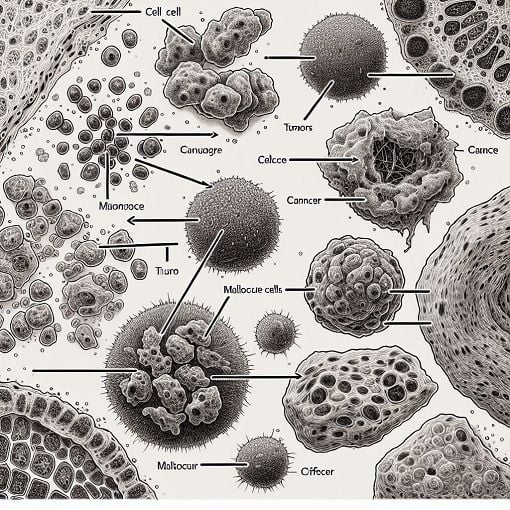L-03-01-P52 - Effects of Cancer
{"name":"L-03-01-P52 - Effects of Cancer", "url":"https://www.quiz-maker.com/QPREVIEW","txt":"Test your knowledge about cancer and its effects with this comprehensive quiz! Explore the complexities of lung cancer, the characteristics of benign and malignant tumors, and the genetic nature of cancerous cells.Multiple-choice questionsTrue or false statementsCheckbox questions for extra assessment","img":"https://cdn.poll-maker.com/104-5101670/img-bi1g1gvcpzzzbjloyq81mgcp.jpg"}
More Quizzes
Cancer 101
11620
Lifestyle Disease By Jayden, Jett, Hudson & Qwade
10523
STD IX - Dirasat Islamiyah
23120
Vocab Quiz
1050
Baroque Music - Test Your Knowledge (Free)
201021768
Am I Lovable - Free Online with Instant Results
201021012
AI Readiness Assessment - Gauge Your AI Maturity
201017455
Opportunity Cost - Identify the Best Example
201017830
Welding Symbols Test - Free Practice Online
201019893
Spider-Man: No Way Home Trivia - Test Your Knowledge
201019104
Moon Phases Test - Free Lunar Cycle Practice
201020212
Machine Learning Assessment - Free AI Knowledge
201021012



